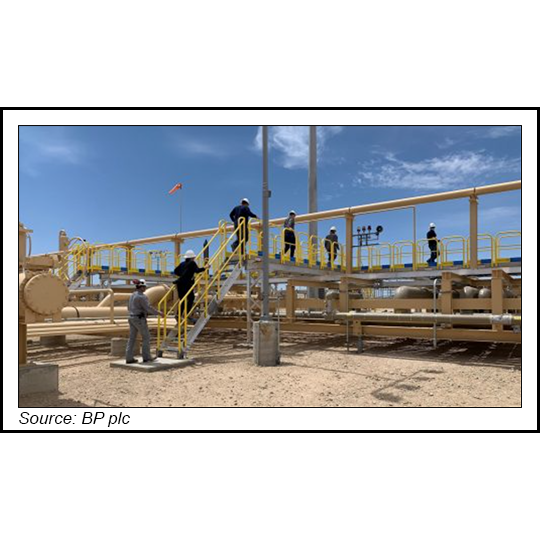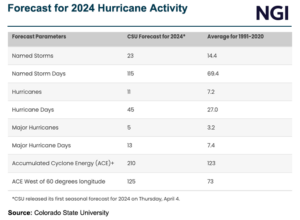Global energy company earnings, which surged on stronger oil and natural gas prices, should ease in 2023 as the industry adjusts to slower demand growth and an economic slowdown, according to Moody’s Investors Service.
“The pace of improvement in fundamental industry conditions will also decelerate after a strong post-lockdown rebound in earnings and credit quality during 2021-2022,” according to the credit ratings team led by Elena Nadtotchi, senior vice president.
“Industry earnings will stabilize overall in 2023, but will still reach levels close to recent peaks,” Nadtotchi said. Commodity prices have declined from the high levels seen earlier this year, and are “likely to remain cyclically strong through 2023, which combined with modest growth in volumes will...



